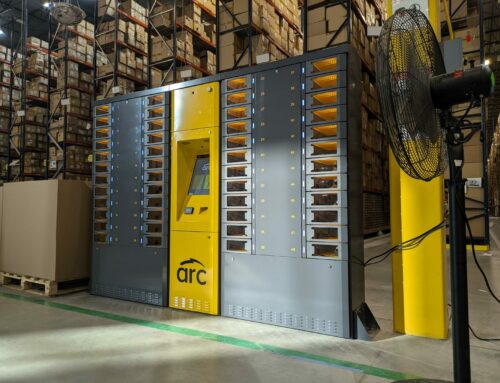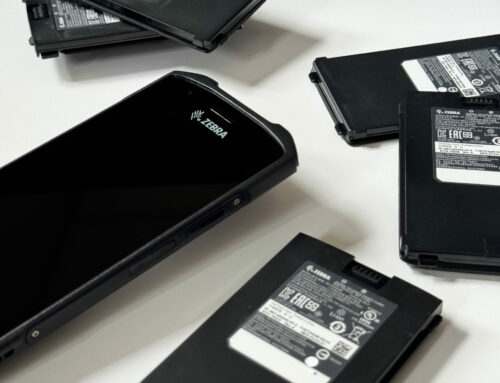Consumers Are Seeking Irresistible Experiences at Shopping Malls

Consumers continue to shift their buying habits online, placing a greater burden on stores in malls to revamp and enhance the shopping experience.
Although shoppers are feeling the pinch of stagnant wages, they are still heading to the malls because people are “social beings and require human contact,” said Peter Zaleski, an economics professor at Villanova School of Business.
“Malls will recover, but those that flourish will be the ones that continually renovate and continue to offer a new or unique experience,” he said.
Sales in the retail industry, excluding cars, gas stations and restaurants, are projected to increase by 3.1% in 2016, which is higher than the ten-year average of 2.7%, said the National Retail Federation, the Washington, D.C.-based retail trade group.
Customer Experience Ranks High
Online purchasing is catching up steadily and shows no signs of retreating, accounting for half the growth in the amount of spending by consumers, said comScore, a Reston, Va.-based company which tracks consumer behavior.
Brick-and-mortar stores, especially in malls, have to rely on providing an upgraded experience whether it is with better deals, customer service or entertainment.
“Retail stores that flourish will be those that place an emphasis on customer service,” said Zaleski.
The shuttering of many department stores, including Macy’s, Kohl’s, Sears and J.C. Penney’s, is likely to continue despite the fact that they were well-known retailers who served as anchor stores in malls, which used to lure shoppers in droves. Since Nordstrom has focused on customer service, it has “suffered less” than other large retailers and is planning a number of new store openings over the next two years, Zaleski said. Macy’s began 2016 by announcing 36 closures.
“Retailers no longer view internet shopping as a competitor, but as a complement,” Zaleski said.
Convenience for shoppers remains a tipping point, said Douglas Baldasare, CEO of ChargeItSpot, the Philadelphia-based provider of secure cell phone charging stations for retail stores.
“Consumers expect supreme convenience, because if they’re going to take the time to shop at the mall, they want speedy service, instant availability of a broad assortment of merchandise and fast checkout like mobile payments,” he said. “The challenge for malls is to really deliver an environment that is irresistibly entertaining and insanely useful.”
Entertainment and Services Must Be Included
Technology is the big “headliner” at malls, especially for Millennials who find it a necessity to remain fully charged and connected while they are shopping for new, trendy items, said Byron Carlock, a national real estate practice leader at PwC, the London-based audit, tax and consulting services company.
Shoppers also expect retailers to cater to their needs, including reliable WiFi, cell phone charging stations and greater adoption of mobile payments like Apple Pay, said Baldasare.
“If they take the time to go, they expect that the physical environment is that much more catering to their needs,” he said.
Retailers now have to offer more services to consumers, such as same-day shipping because it means people will shop longer and often spend more money. Even the ability to charge your cell via ChargeItSpot, which has charging lockers in Bloomingdale’s, Bergdorf Goodman, Neiman Marcus and Nordstrom, means customers spend 29% more, according to a study conducted by GfK, the German market and consumer data company.
Malls need to transform themselves as a place where people can be entertained, so they have a “reason to go there” and the experience justifies the visit, said Carlock.
Stores need to take it to the next level by creating “really irresistible things like free makeover nights, champagne evenings and the good old days where professional athletes make appearances in stores,” said Baldasare.
Some malls are offering concerts or using the venues to launch a movie or a song, he said. These mall groups are providing entertainment where shoppers have to be connected to their WiFi to receive the release of a new, exclusive song or to stream a special showing of a movie through their own device before it hits the theater or Netflix through their own device.
“Those are pretty cool and enticing things to get people to come to the mall,” he said. “To be alluring, it needs to be entertaining — not just a selfie wall or a kiosk that prints out a picture of an Instagram photo. Retailers need to think about their properties as an insanely useful place to congregate or an appealing place to be entertained.”
In Montreal, shoppers can feel what it is like to surf through a standing wave machine at a California beach style restaurant.
“Consumers are allocating more of their time and money on living amazing experiences,” said Claude Coudry, president of Oasis Surf, a Canadian restaurant and indoor surfing company.
Popular Retailers
Retailers are finding it more challenging to get shoppers into their stores, and specialty ones such as Zara and H&M remain popular, because there are affordable products being offered, said Carlock.
Closing stores is not the solution, and retailers need to turn their brick-and-mortar locations into an opportunity to teach them about their products, said Zach Ware, managing partner at VTF Capital, a Las Vegas-based VC firm focused on commerce and retail investments.
“Stores are no longer a place just for inventory,” he said. “They need to close the gap and make it personal and engaging and help people find interesting things. It’s O.K. for shoppers not to buy in the store.”
Discounts and Deals
Although online deals are plentiful, shoppers are still seeking good deals, especially at off-price retailers such as Nordstom Rack and Neiman Marcus Last Call, said Baldasare.
Consumers believe that if they spend time shopping at the stores, they might receive a better deal, which they find to be a reward. That has transformed into the “explosion of the off-price retailers and outlet stores,” Baldasare said.
Consumers expect even more promotions, coupons and markdowns as the new norm, because shopping now is often a disappointing experience due to the number of items that are not in stock and the fact that sales associates know less than the consumer about the products, Marcie Merriman, an executive director of strategy and retail innovation at EY, the London-based tax and advisory services company.
“The rise of ecommerce and technology has turned brick and mortar stores into storage warehouses rather than retail destinations,” she said. “The technology available in most mall and department stores pales to what is available in other areas of their lives.”
Online purchases only consist of 7% to 10% of total retail sales and its popularity will wane, said Eugene Fram, an emeritus marketing professor from Rochester Institute of Technology’s Saunders College of Business and a marketing consultant.
“People still want to touch, feel, hear and smell the merchandise,” he said. “My crystal ball calls for online to eventually level off to 15% to 20% of total retail sales during the next 10 to 20 years.”








